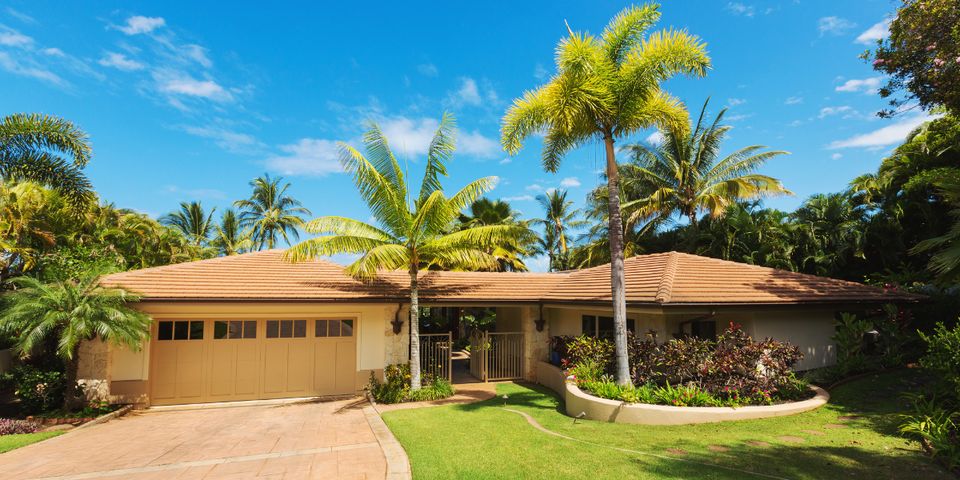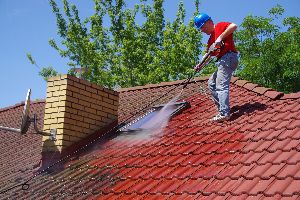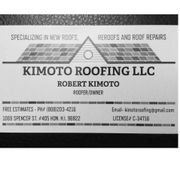
Homeowners know that routine roof maintenance, particularly after a roof installation, is crucial to preserving a home's appearance and even structural integrity. Though it's often overlooked, regular cleaning is a key part of that maintenance for several reasons. To discover a few roof cleaning basics, consult the guide below.
Why Is Cleaning Important?
Debris traps moisture on your roof, leading to the growth of algae, lichens, and even moss. Some algae species feed on asphalt, actually breaking down your shingles. Lichens penetrate roofing materials, allowing moisture to work through the layers and rot the decking. Moss holds moisture and causes shingles to warp and curl, lifting them away from the roof and exposing them to the elements, which leads to rot.
Shady areas often experience more growth. Even when these organisms are removed, they leave behind unsightly stains. Dark stains are especially problematic, as they attract harmful heat that bakes the shingles, making them brittle. Dirty roofs at high elevations are also more likely to develop ice dams, which are harmful collections of ice at the edge of the roof. Roof installations that aren't regularly cleaned are, in general, more prone to leaks, rot, mold, and shingle damage, shortening their lifespans. To prevent structural damage to your roof, regular cleaning that removes debris, dirt, and grime is essential.
How Is It Done?

A professional should clean your roof at least once a year to eliminate harmful growth and detect budding problems — like shingle damage — early on, before they turn into leaks and extensive rot. While exact processes may vary, a roofer will typically start by brushing away loose debris and assessing the roof's condition, checking for exposed decking or missing shingles.
Areas that don't have exposed decking are safe to be sprayed off. A roofer may use specialized equipment, like a pressure washer and a variety of nozzles, to remove growth, grime, and mold. Specific settings have to be used to avoid damaging shingles and flashing, especially because high pressure can blast away protective granules or seals. Professionals also have access to eco-friendly but effective cleaning solutions that deter future growth until the next cleaning.
When Does Your Roof Need Repair?
As you walk around your home's exterior, be sure to look for green growth, staining, fading, or curling on your shingles, which indicates a problem. Damage isn't always visible from the ground, but regular cleaning allows professionals to inspect your roof closely. Shingles that are damaged need replacing. If leaks or rot are discovered, more extensive roof repair will be needed. Widespread damage may require a complete replacement.
When mold and rot can spread from the roof into your home, you can trust Kimoto Roofing in Honolulu to perform efficient repairs. Licensed and insured, their roofers offer accurate estimates and prompt, skilled work on roof installations across Oahu. They're locally-owned and backed by years of experience. See their services online, and call (808) 203-4216 for a free estimate.
About the Business
Have a question? Ask the experts!
Send your question

